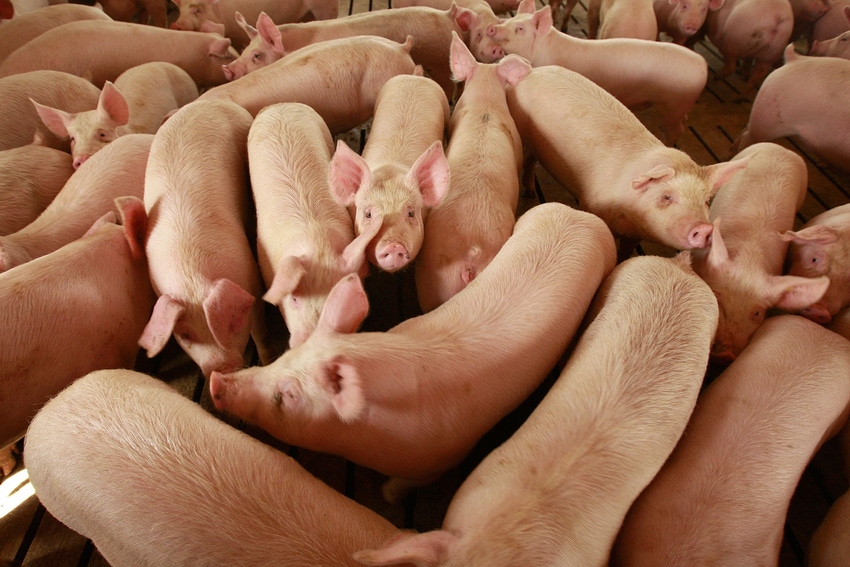Pork in middle of counter-seasonal move
Beef industry breaks record on carcasses grading Prime.

Pork is in the middle of a counter-seasonal move, which David Williams, director of global protein at Informa Economics IEG, said has people scratching their heads a little bit.
The U.S. has a lot of supplies, which most feel should be sending the markets lower like what happened last year, Williams explained.
“We have higher demand for shackle space, so packers are willing to pay more for hogs,” he said.
According to Williams, global demand is the main support behind current prices as the U.S. has found a lot more export business. Additionally, he said the U.S. still has been able to maintain the tonnage to move everything domestically.
“We’re at the lower end of the cycle in the fall period, so this is the cheapest time to buy meat or pork seasonally,” Williams said.
The processing side is also running back to full. “It will be at least four weeks before things give in. They will produce a lot of processed meat,” he noted.
Last year, there were too many hogs and not enough shackle space, Williams said, but “this year, that’s not the case, even though we’re doing 8-10% more hogs.”
On the beef side, Williams said cash prices continue to slowly rally higher and continue to add value to the cutout.
The U.S. industry has been having very historically high percentages of carcasses grading Choice. The U.S. also recently set a new record for the Prime cutout, with almost 8% grading Prime.
“That continues to be a good thing for the beef industry and the value. They’re having great margins, and beef demand is continuing to do well not only from a global standpoint but also from a domestic standpoint,” Williams said.
The U.S. Department of Agriculture’s latest “Cattle on Feed” report, which showed higher placements than anticipated, was seen as bearish, but the market hasn’t reacted as would be expected.
“We’re going to have more cattle as we get into the April timeframe and maybe March. I think the slug of cattle will come early this next year, but that’s not today,” Williams said. “A lot of people just wanted to say it’s bearish and that the market should go down. It did go down one day since the report, but it’s been up every day since. It’s more of a bearish tone for the second quarter of 2018.”
In regard to the broiler sector, Williams said the U.S. is increasing production somewhere between 2% and 3%. “Domestic demand is okay. They have a lot of competing meat supplies against them, so they’ve got to find new homes to sell their product, but probably at cheaper prices,” he explained.
He said breast meat prices continue to be under pressure, and this is expected to continue throughout the fall. Some are trading closer to $1.00/lb. For reference, breast meat was trading at around $1.80 last year.
About the Author(s)
You May Also Like



